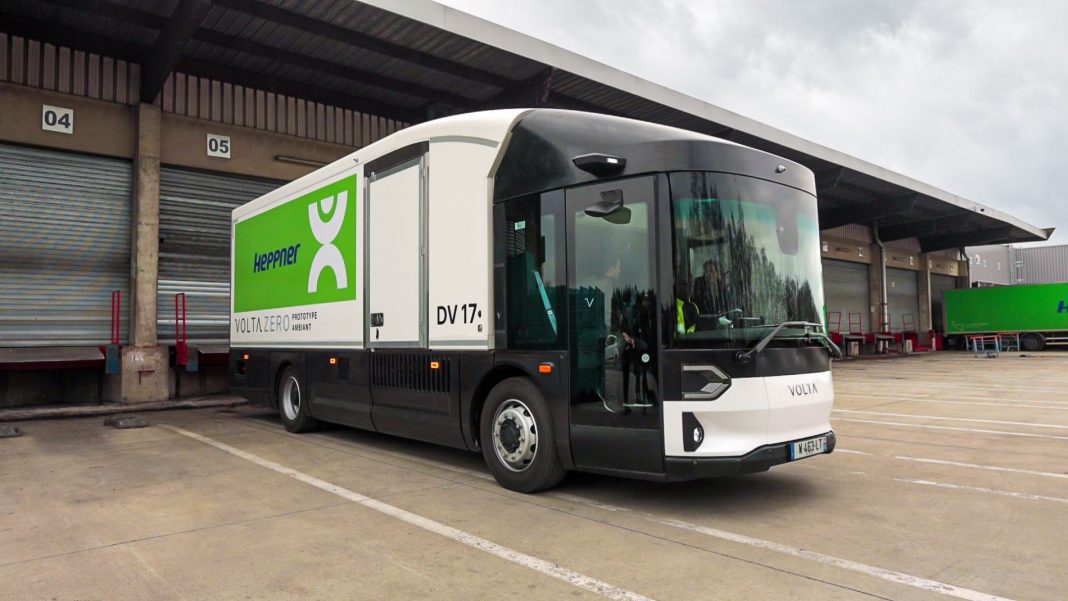Research by Loughborough University has led to the creation of a new European standard for HGV design which could help prevent hundreds of people from being killed or seriously injured each year.
Adopted by over 29 countries, including every EU member state and Japan, the legislation means all new HGV designs have to meet the Direct Vision Standard from 2026, and all HGVs from 2029.
This will require significant changes to existing HGV designs that improve the ability of drivers to see cyclists and pedestrians directly, instead of relying on the use of six mirrors. It represents 13 years’ work by the University’s Design Ergonomics Research Group into HGV driver vision and will vastly improve the safety of cyclists and pedestrians.
The first project looking at HGV driver vision by Loughborough, funded by the Department for Transport (DfT), was in 2010 and involved innovative techniques for modelling HGV blind spots. This led to further work, including a project in 2015 when Transport for London (TfL) commissioned a team from the University’s School of Design and Creative Arts, led by Dr Steve Summerskill with Professor Russell Marshall, Dr Abby Paterson and Anthony Eland, to explore the blind spot size found in 19 HGVs using their own CAD system, SAMMIE CAD.
Following this, research was carried out to define and test a Direct Vision Standard (DVS) for HGVs wanting to travel into and around London. Introduced in 2021, the standard defines minimum direct vision requirements, which if not met, result in six extra safety features being fitted to HGVs.
Dr Summerskill said: “For years we have been focussed on highlighting just how poor current HGV driver vision is and the risk it poses to vulnerable road users. Thanks to organisations such as TfL we were able to drive change in London, which has ultimately led to a new European standard.
“It is no exaggeration to say this change will save the lives of hundreds of cyclists and pedestrians. This series of projects highlights how UK academics have influenced policy around the world.”
One of the early adopters of the new DVS is Volta Trucks of Sweden. The company, which creates zero-tailpipe emission transport, has worked closely with Loughborough University to ensure its all-electric Volta Zero medium-duty truck provides the best-in-class safety features for drivers, pedestrians, and other road users.
Ian Collins, Chief Product Officer at Volta Trucks, said: “With the design of the Volta Zero we had the chance to start from a blank sheet of paper. We wanted to produce an electric vehicle, but we also wanted to address the safety issues that we see every day when HGVs are operating in built-up environments.
“In electrifying the vehicle, we were able to use a much more compact power source and free up space at the front of the vehicle. This has enabled us to bring the driver right down into the eye line of vulnerable road users.
“From the very start of the project to create the Volta Zero, we have been very much informed by Loughborough’s research. We are pleased to see that this is now being adopted as an industry standard across Europe.”
Dr Summerskill added: “It has been great to work with and support Volta Trucks. They have demonstrated just what a difference the new DVS makes to driver vision, and ultimately the safety of vulnerable road users.”



